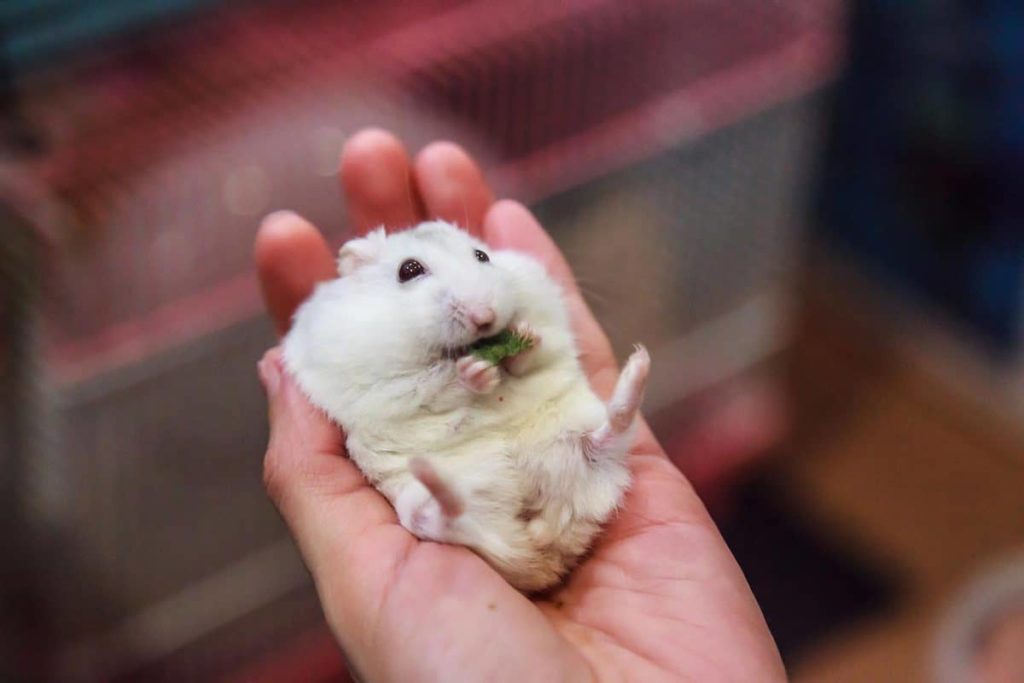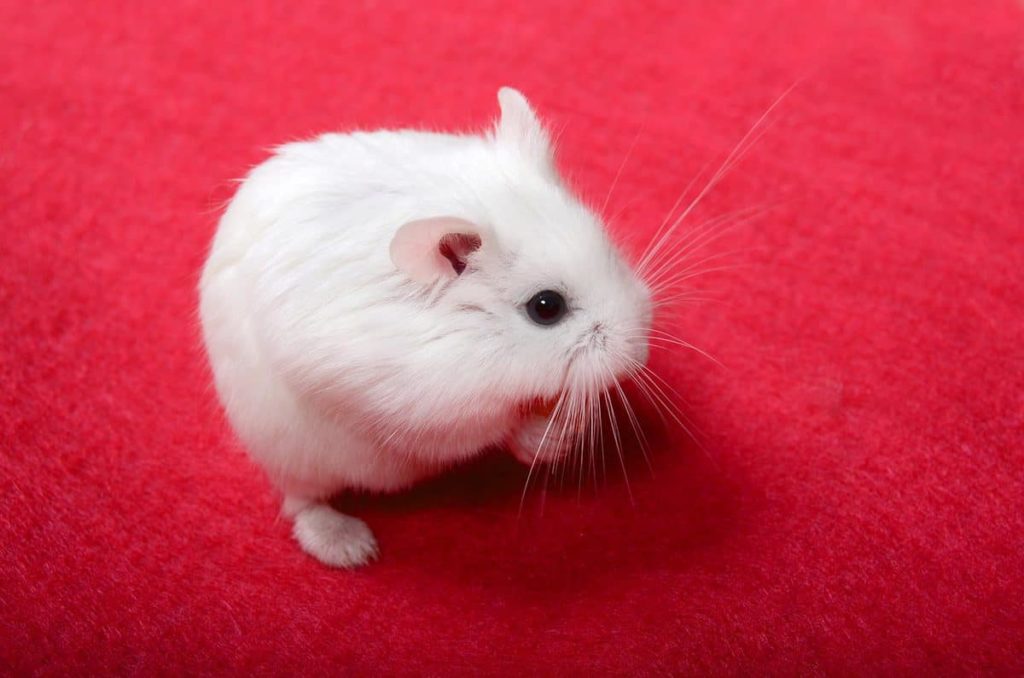If you look at your pet hamster, you might wonder if they have tails. Since they don’t have a long tail that wags when they’re happy to see you, that’s a pretty good reason. But you can’t assume something isn’t there just because you can’t see it.
Hamsters do, in fact, have tails. But in most breeds of hamster, the tail is so short that it is hard to see. Some breeds have longer, easier-to-see tails.
Read on to learn more about hamster tails, including which breeds have longer or shorter tails and what they are used for.
Why Do Hamsters Have Tails?
Why do hamsters have tails if they don’t help them stay balanced? Don’t you think it would make more sense for them not to have tails at all? There isn’t a clear answer yet, but here are a couple of ideas.
The first idea is that it is used to keep things in balance. Even though they don’t use it to climb trees, they do use it like a dog’s tail to help them walk around.
Dogs don’t do much climbing, but since their tails are part of their bodies, they help them keep their balance.
Another idea is that they are mostly used to protect the anus of a hamster. This idea has some weight to it because this sensitive area needs to be covered, especially when digging in burrows.
Female hamsters may also be able to tell when they are ready to have babies by lifting their tails.
Some people also think that they don’t do anything but make hamsters look cuter. We can all agree that their little nubs make them very cute, but it’s hard to think that their tail is just a leftover from evolution.
The most likely answer is a mix of the first two ideas. Their tails help them keep their balance and protect their soft behinds. Even so, most hamsters probably wouldn’t die if they lost their tails.
What does a hamster use its tail for?
Have you ever noticed that the tails of most animals serve a purpose? When happy or sad, you can wag or whip these, and they often help you balance and climb.
The tail of a hamster, on the other hand, is short and hard to see. We don’t know for sure why this is the case, but here are some of our best ideas about what a hamster might use its tail for.
- Hamsters (like rabbits), are burrowers by nature and live underground. They have no need to scale trees, so a long tail to help with a balance is of no benefit to them. Instead, they use their tiny paws to scoop up earth and dirt. Therefore, a small tail is actually preferable as these inconspicuous stumps do not run the risk of getting in the way of the task at hand.
- Although hamsters prefer to live life low down, there will be times when they have to maneuver themselves over tricky terrain. This is where their tails can help support them with added stability.
- A hamster’s tail is situated in front of the bottom. Some might suggest that the reason for this is to protect this sensitive area – especially when burrowing.
- Just like other animals, hamsters do in fact use their tails in order to communicate. Female hamsters will raise their tails to indicate to a male hamster that they are interested in mating.
Hamsters’ tail length by breed
When you think of a hamster’s tail, you probably think of something pink and smooth. People often compare it to a grain of rice.
But did you know that the tails of different hamster breeds are not all the same size?
Here, we’ll look at how long the tails are on some of the most popular hamsters that people keep as pets.
Syrian Hamsters

The Syrian hamster is the biggest breed and can grow up to seven inches long.
Even though they are big, a Syrian hamster’s tail is only about half an inch long, which is more than 6 times shorter than its body.
And if you have a Syrian hamster with long hair, their little nubs are often completely covered.
Russian Dwarf Hamsters
This popular breed, also called Campbells, is much smaller than its Syrian relatives.
Their bodies are between 3 and 4 inches long, and their tails are about a quarter of an inch long, which is about the same size as a Syrian.
You might be able to spot them by their tails because their fur is often shorter and different colors depending on where it is marked.
Winter White Hamsters

This is another breed of dwarf hamster. Although it’s not as common as the other breeds on this list, its beautiful white coloring means it’s gaining in popularity.
Reaching four inches like the closely related Russian Dwarf hamsters, these little guys also have a tail that rarely gets longer than a quarter of an inch (half a centimeter).
They may also be easier to spot than a long-haired species since Winter Whites have shorter fur.
Roborovski Dwarf Hamsters

This is the smallest hamster you can get as a pet. It’s only about 2 inches long.
Their small size is more than made up for by how fast they move, so if you are quick, you might be able to see their tiny tails, which grow to about 1/8 of an inch.
Chinese Hamsters
A Chinese hamster is different from other kinds of hamsters because its tail can be almost as long as its body.
If you’ve ever seen a Chinese hamster, you won’t be surprised by this because it looks more like a mouse or gerbil.
Why a hamster’s tail is so short
You might want to know why the hamster’s tail is so short. Even the Chinese Dwarf has a short tail, and nobody is sure why.
I don’t know anything about this other than a good guess.
I think hamsters got shorter tails because they didn’t need them anymore. Even though rats and mice run like hamsters, they also climb a lot. In this way, their tails help them a lot.
On the other hand, a hamster doesn’t climb as much or as often, and it doesn’t seem to need its tail to do so.
The average hamster spends most of its time digging burrows so that a predator has nothing to grab onto.
Even so, hamsters may have short tails for a different, more scientific reason. But until more research is done, we don’t know (I’m proud of that joke, I hope you like it).
Do hamsters’ tails continue to grow?
As your hamster grows from a baby to an adult, its tail grows along with it until it is fully grown. One mistaken belief about all rodents, though, is that they can lose their tails.
Unlike reptiles and amphibians, which can move parts of their tail out of the way if they are attacked, hamsters have only one tail for their whole lives.
So, if your hamster’s tail got hurt, you would have to take them to the vet right away.
Conclusion
Although we don’t get the opportunity to take pleasure in seeing them wag, a hamster’s tail is still an important part of their body.
It protects their behinds, assists with burrowing and balance, and helps them to communicate with the opposite sex. And let’s be honest, they look super cute too.






